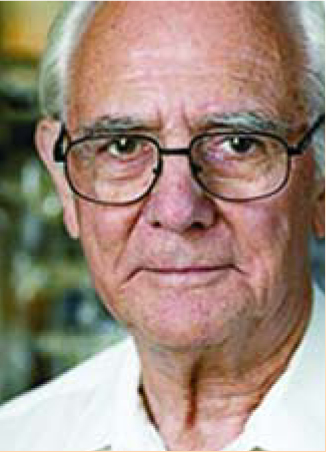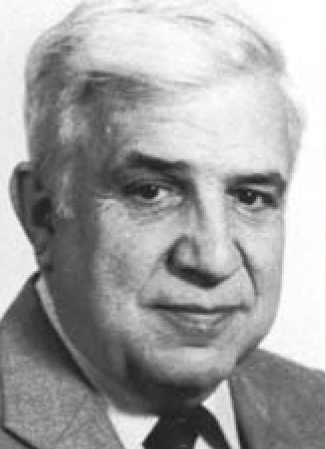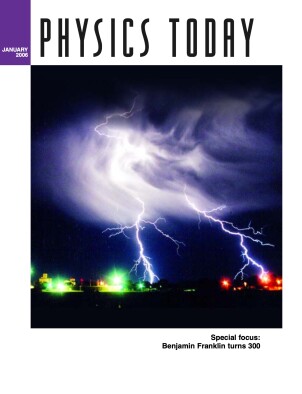Winners of National Medals of Science, Technology Named
DOI: 10.1063/1.2180183
Leading scientists and others involved in research that reflects the nation’s innovative spirit and helps maintain its economic competitive edge have been recognized with the 2004 National Medal of Science and the 2004 National Medal of Technology, the nation’s highest honors for scientific achievement and technological innovation.
Award recipients were announced in November by President Bush and will receive their medals in a White House ceremony later this year.
The National Medal of Science, which is administered by NSF, recognizes researchers who have made major contributions in science, engineering, or mathematics during their careers. Including the winners for 2004, the award has gone to 417 scientists and engineers since it was established in 1959. Of the eight recipients in 2004, two are involved in physics-related work.
Robert N. Clayton received a medal “for his contributions to geochemistry and cosmochemistry that provided major insights into the evolution of the solar system through his discovery of non-mass-dependent isotope shifts in meteorites.” He was also recognized “for being an exemplary role model as a mentor, teacher and advocate for rigorous science.” Clayton is Enrico Fermi Distinguished Service Professor Emeritus at the University of Chicago.
Edwin N. Lightfoot won a medal “for his innovative research and leadership in transport phenomena focusing on biochemical and biomedical engineering with application to blood oxygenation, bioseparation techniques and diabetic responses.” He is Hilldale Professor Emeritus at the University of Wisconsin, Madison.
The National Medal of Technology, bestowed by the president since 1985, was mandated by Congress in 1980 to recognize significant contributions to the nation’s economic strength and standard of living. Of the two individual recipients of medals in 2004, one does physics-related work; of the five companies receiving the 2004 medals, two are involved in physics-related work.
Roger Lee Easton of RoBarCo in Canaan, New Hampshire, received the award “for extensive pioneering achievements in space-craft tracking, navigation and timing technology that led to the development of the NAVSTAR – Global Positioning System (GPS),” according to the US Department of Commerce.
IBM’s microelectronics division, based in East Fishkill, New York, is being recognized “for over four decades of innovation in semiconductor technology, including the development and introduction of the DRAM cell, copper wiring, silicon on insulator (SOI) technology, and high speed silicon germanium devices.”
Motorola, Inc of Schaumburg, Illinois, is receiving a medal “for over 75 years of technological achievement and leadership in the development of innovative electronic solutions, which have enabled portable and mobile communications to become the standard across society.”

Clayton
UNIVERSITY OF CHICAGO


Lightfoot
GERI GEROLD


Easton

